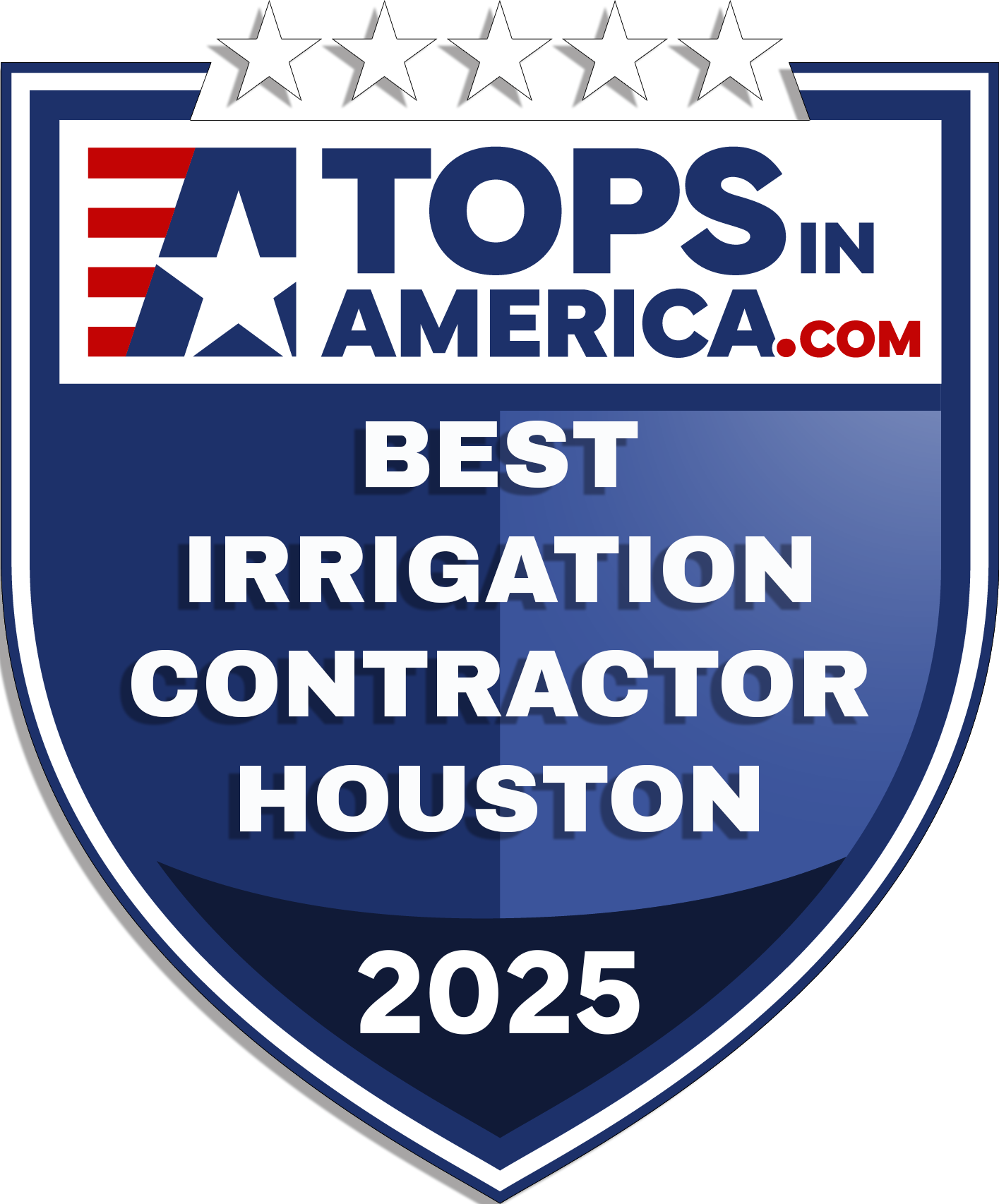How to Bleed Air Out of a Sprinkler System
Air trapped in the pipes of a sprinkler system can cause a myriad of problems, ranging from noisy operation and erratic sprinkler performance to damaged components. Bleeding air out of your sprinkler system is a straightforward process that can prevent these issues and prolong the life of your irrigation system. Here’s how to do it:
Step 1: Locate the Main Valve
The first step is to find the main valve of your sprinkler system. This valve is usually located near the water meter or where the main water line enters your property. Shut off this valve to stop water flow to the system while you work.
Step 2: Identify the Manual Drain Valves
Find the manual drain valves throughout the system. These are often located at the lowest points of the irrigation circuit and are put in place specifically for drainage purposes.
Step 3: Open the Drain Valves
Carefully open each drain valve to allow water and trapped air to escape. You may hear a hissing sound as the air exits – this is normal. If your system has check valves, you may need to temporarily lift the sprinkler heads in the area to allow the water to fully drain out.
Step 4: Turn the Water Back On
Once the air has been expelled from the system through the manual drain valves, cautiously turn the main valve back on. Do this slowly to allow water to gradually fill the pipes, helping to minimize the risk of water hammer – a sudden surge in pressure that can damage pipes and fittings.
Step 5: Flush the System
Depending on your system setup, you might have a few dedicated flush valves, or you might use the furthest sprinkler heads for this process. Open these valves or heads to flush out any remaining debris and air. Watch for a steady stream of water; once it’s flowing smoothly without sputtering, the air has been successfully bled out.
Step 6: Check the Sprinkler Heads
Turn on each zone of your system and observe the sprinkler heads. They should pop up and spray efficiently without any erratic patterns or noises, which would indicate air pockets. If you notice any issues, repeat the flushing process in the problematic zone.
Step 7: Seal the Manual Drain Valves
Once you are satisfied that the air has been removed and the system is operating smoothly, go back and close all the manual drain valves you opened in step 3. Ensure they are tightly sealed to prevent leaks.
Additional Tips
- Routine Maintenance: Make bleeding your sprinkler system of air a part of your regular maintenance schedule, especially at the start of the irrigation season.
- Check for Leaks: After bleeding the system, check around valves and sprinkler heads for any signs of leaks. This can indicate that either the system wasn’t properly bled or there is another underlying issue.
- Professional Help: If you are unsure about any steps or if the system still doesn’t function properly after bleeding the air out, consider getting help from a professional.
By following these steps, you can efficiently bleed air from your sprinkler system, ensuring it operates effectively and lasts for years to come.
If you have any questions or need any type of sprinkler system repair, the experts at Mr Sprinkler Repair will be glad to help. Give us a call or 855-695-1000 to set an appointment.


